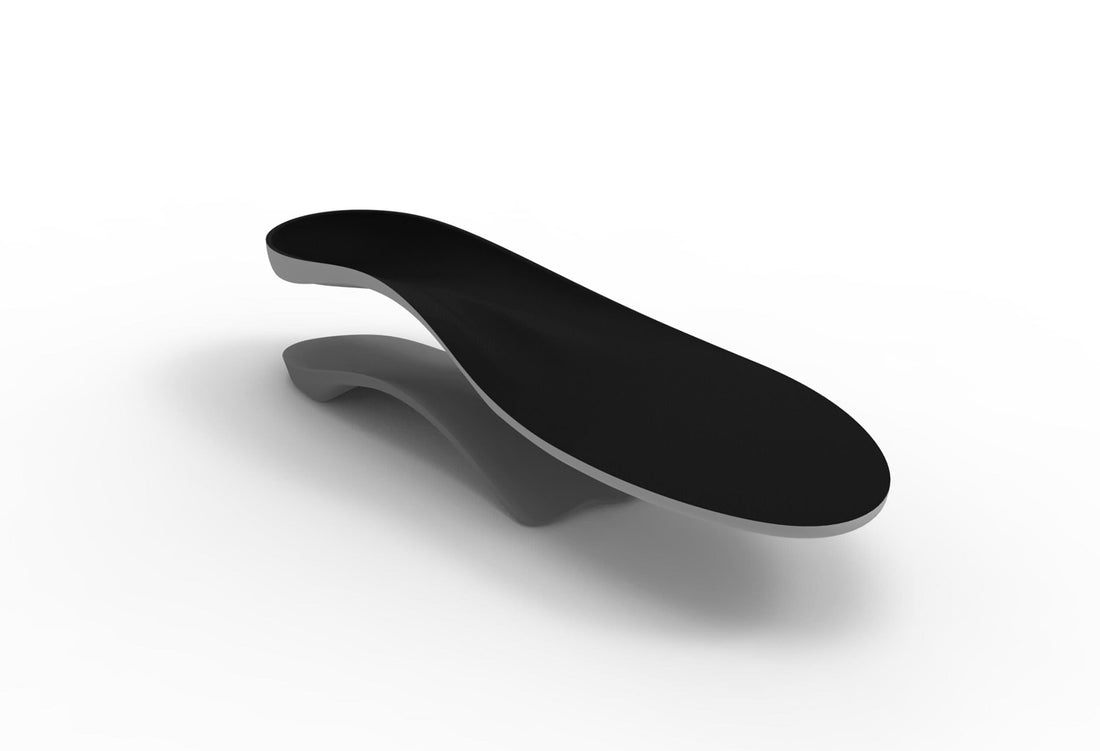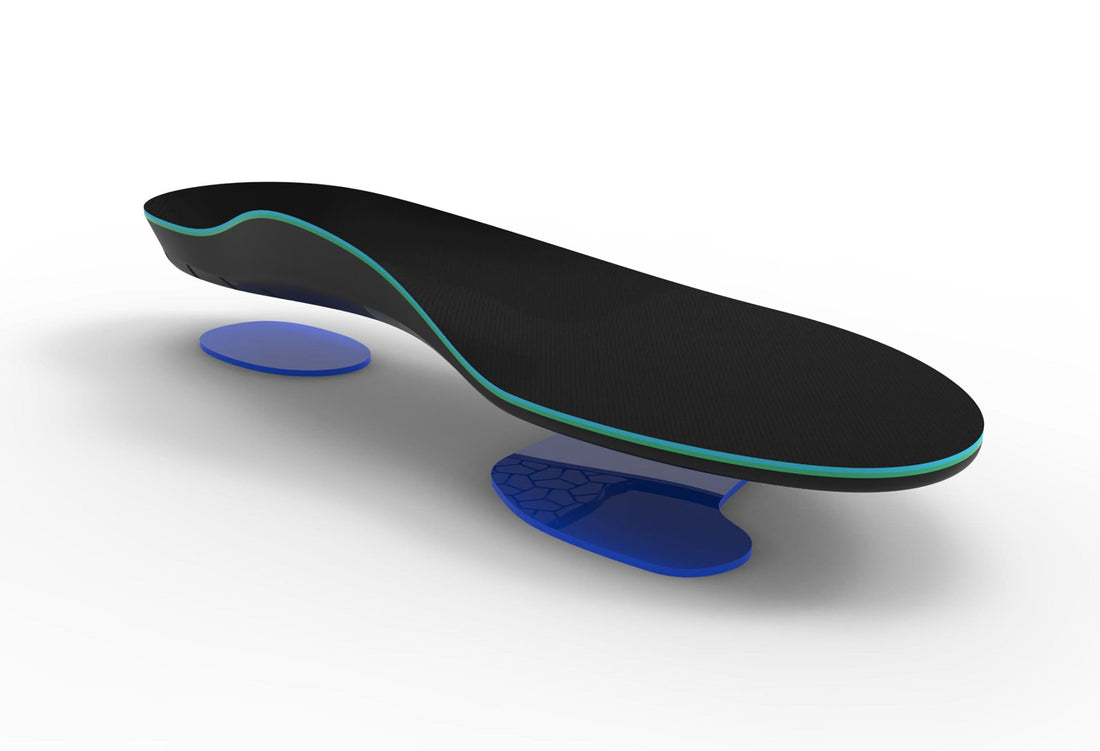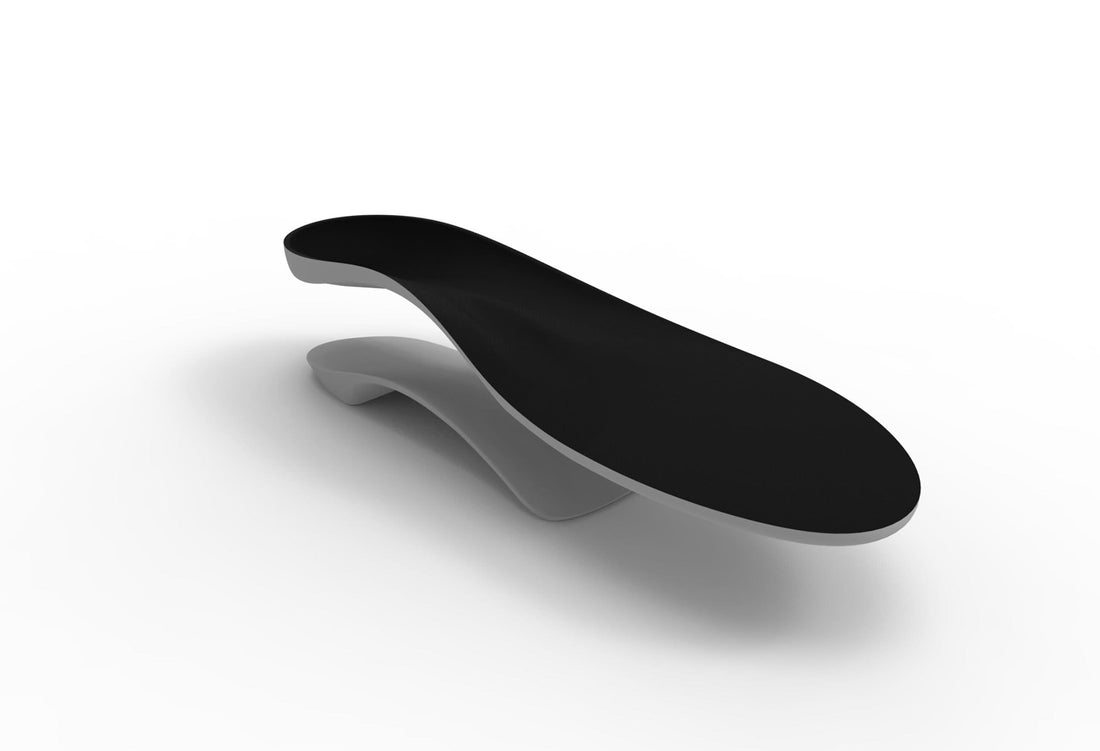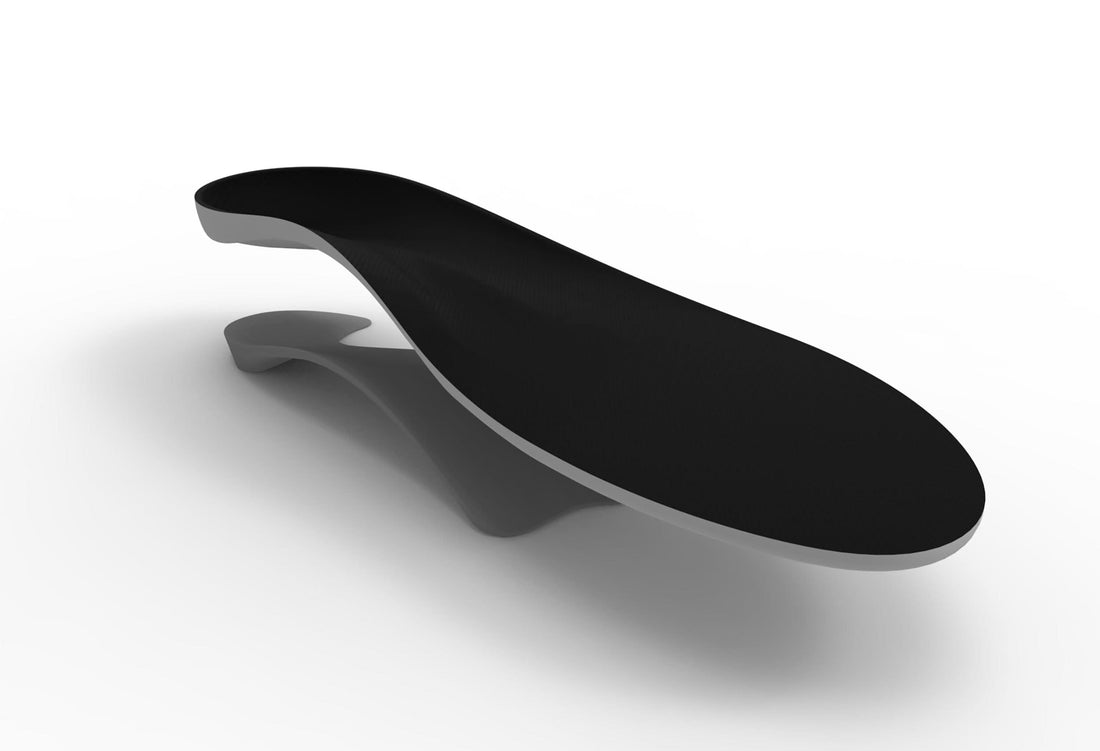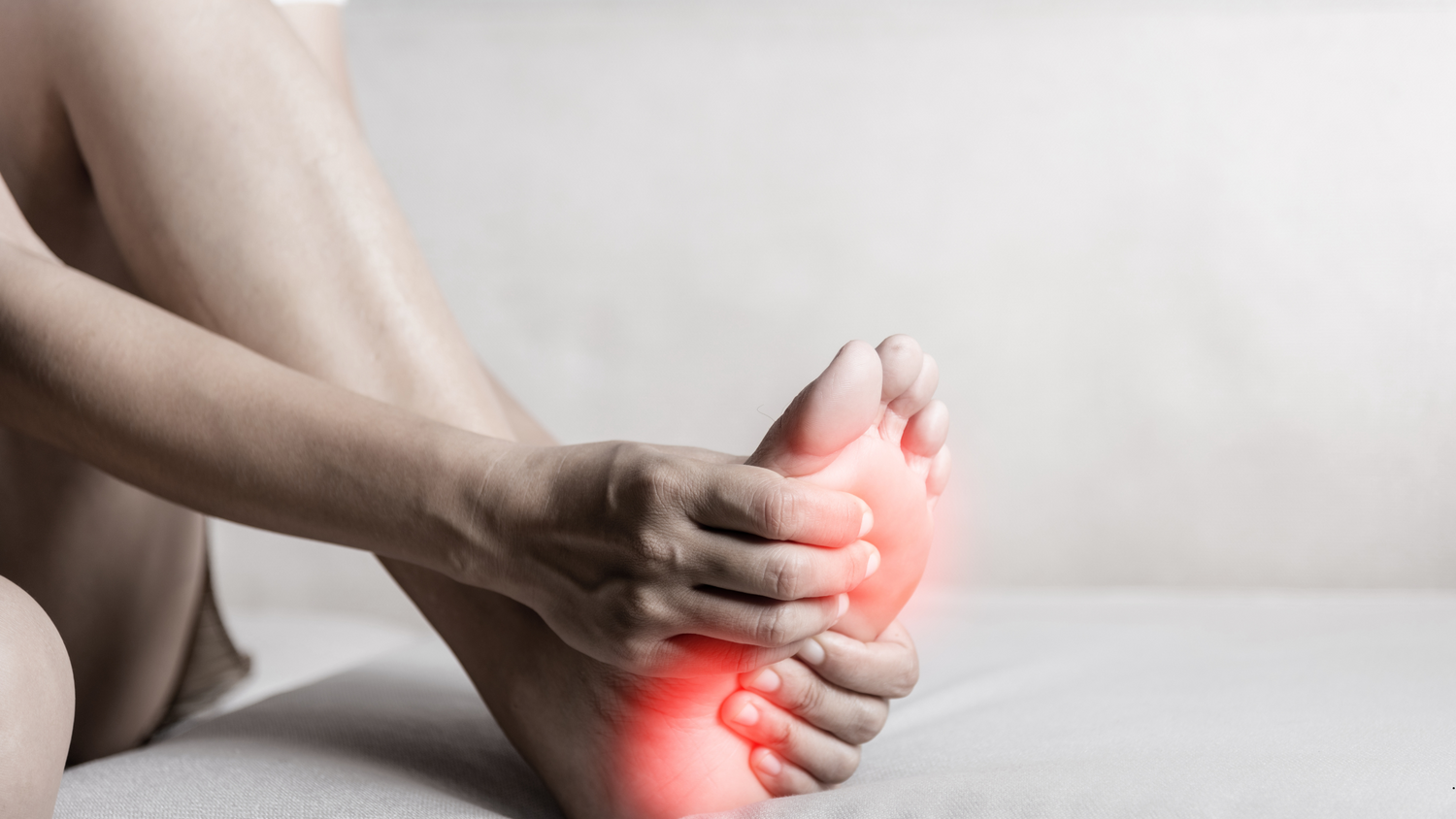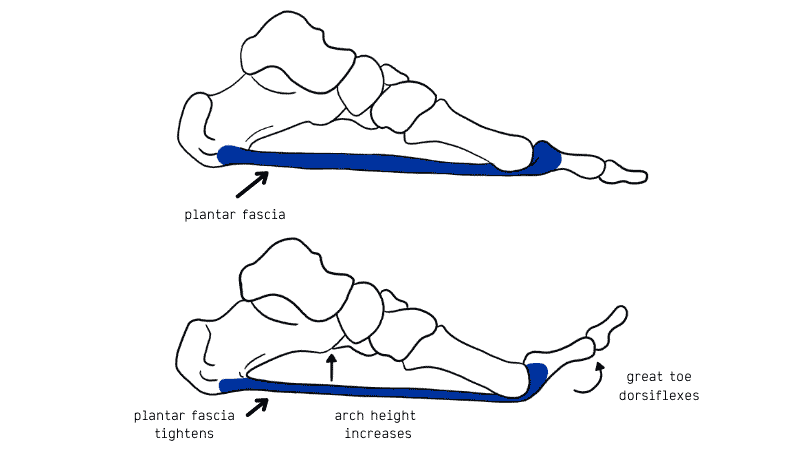Understanding the Role of the Supination Resistance Test in Foot Orthotic Selection
Study by: Eléna Payen, Ahmed Dami, Kelly Robb, Nader Farahpour, Pier-Luc Isabelle, Gabriel Moisan
See original study: https://www.sciencedirect.com/science/article/pii/S0966636224001644?via%3Dihub
Download PDF of study
Foot orthoses (FOs) are widely used in clinical practice to correct foot mechanics and alleviate musculoskeletal disorders. However, the ability to predict the effects of different orthotic models remains a challenge. A recent study explores how the Supination Resistance Test (SRT) can help determine the effectiveness of different FOs in modifying foot and ankle biomechanics.
The Importance of Foot Orthoses in Gait Biomechanics
FOs function by influencing the mechanics of the lower limb, primarily at the foot and ankle, with some effects reaching the knee and hip. Two common types of custom-made foot orthoses were evaluated in the study:
-
Thin-Flexible Foot Orthoses (TFO): Designed for minimal structural support.
-
Medially Wedged Foot Orthoses (MWFO): Aimed at controlling excessive pronation and arch collapse.
Understanding how these different orthoses impact foot posture and movement can lead to improved prescription strategies for individuals with flat feet and related disorders.
Key Findings: How FOs Affect Walking Mechanics
Researchers analyzed 23 participants with flat feet across three conditions: walking with shoes only, walking with TFOs, and walking with MWFOs. Their lower limb biomechanics were evaluated using motion capture and force plate analysis.
Effects of Thin-Flexible Orthoses:
-
Reduced midfoot dorsiflexion angles, indicating moderate control over foot flattening.
-
Slight reduction in ankle inversion moments, suggesting a minimal effect on pronation control.
Effects of Medially Wedged Orthoses:
-
Greater reduction in midfoot and ankle abduction angles, providing stronger support against excessive pronation.
-
Lower midfoot dorsiflexion and plantarflexion moments, stabilizing foot mechanics.
-
Stronger influence on foot posture compared to TFOs, making MWFOs the better choice for controlling pronatory forces.
Supination Resistance Test: A Predictor of FO Effectiveness?
One of the study's main objectives was to correlate supination resistance with the biomechanical effects of foot orthoses. The results revealed:
-
Individuals with greater supination resistance benefited more from MWFOs, showing stronger biomechanical changes in the foot and ankle.
-
A moderate to strong correlation between SRT scores and changes in ankle eversion, abduction angles, and moments.
-
This suggests that the SRT can help predict which individuals will experience the greatest benefit from MWFOs.
Clinical Implications: Refining Orthotic Prescriptions
For clinicians and researchers, these findings highlight the importance of assessing supination resistance before prescribing foot orthoses. The study suggests that:
-
Medially wedged FOs are more effective than flexible ones for controlling excessive pronation.
-
Patients with higher supination resistance may respond better to MWFOs, optimizing treatment outcomes.
-
The SRT can serve as a low-cost, quick screening tool to guide orthotic selection.
Conclusion: Improving Foot Care with Better Assessments
This research underscores the value of the Supination Resistance Test as a clinical tool for predicting foot orthoses effectiveness. By incorporating SRT into biomechanical assessments, healthcare providers can make more precise orthotic recommendations, improving gait function and reducing musculoskeletal strain.
If you're considering foot orthoses, contact us to find the right support for your needs.


